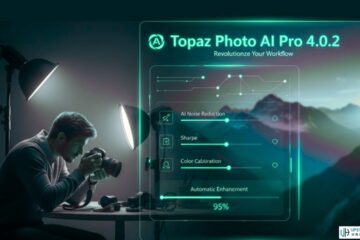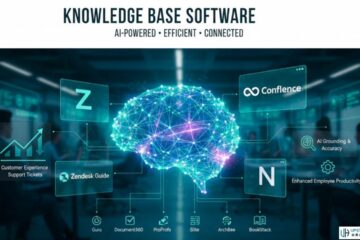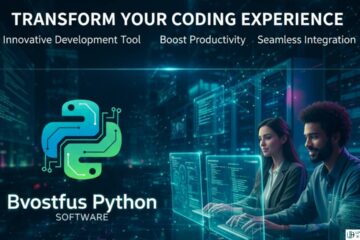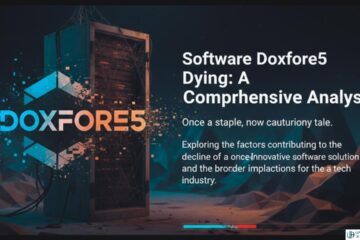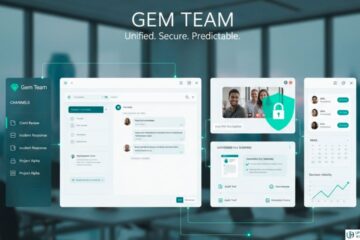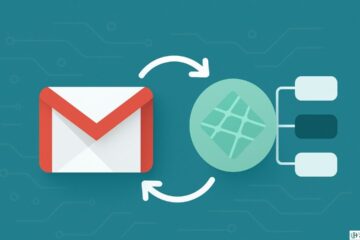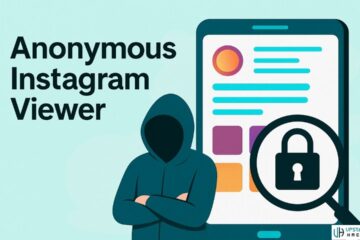Welcome to our latest blog post, where we’ll delve into the world of employee monitoring software. In this article, we’ll explore the definition of employee monitoring software, its importance, and benefits, and provide an overview of the content you can expect to find in this blog.
Whether you’re a business owner, HR professional, or simply interested in learning more about this technology, we’ve got you covered.
So, let’s jump right in and uncover the insights that will help you make informed decisions for your organization.
I. Types of Employee Monitoring Software
A. Time Tracking Tools
Time tracking tools are designed to monitor and record the amount of time employees spend on various tasks and projects. These tools can help businesses track billable hours, improve project management, and identify areas where time is being underutilized.
B. Internet Usage Monitoring
Internet usage monitoring software allows employers to track and analyze employees’ internet usage during work hours. This type of software can help companies ensure that employees are using company resources responsibly and efficiently while also preventing access to unauthorized or inappropriate websites.

C. Screen Recording and Activity Tracking
Screen recording and activity tracking software enable employers to capture real-time screenshots or video recordings of employees’ computer screens. This type of monitoring can provide detailed insights into how employees are utilizing their time and whether they are following company policies and procedures.
D. Communication Monitoring
Communication monitoring tools allow employers to monitor employee communications such as emails, instant messages, and other forms of electronic communication. This can help companies ensure compliance with regulations, protect sensitive information, and prevent inappropriate behavior in the workplace.
II. Factors to Consider When Choosing Employee Monitoring Software
A. Company Size and Structure
The size and structure of a company play a crucial role in determining the most suitable employee monitoring software. Smaller businesses may require simpler solutions, while larger organizations with more complex hierarchies may need advanced features for comprehensive oversight.
B. Legal and Ethical Considerations
Businesses need to consider legal and ethical implications when implementing employee monitoring software. Compliance with privacy laws, employee consent, transparency in monitoring practices, and respecting employee rights are critical factors that must be carefully evaluated.
C. Features and Customization Options
When selecting employee monitoring software, it’s important to assess the specific features and customization options offered by each solution. Businesses should prioritize functionalities that align with their unique requirements, such as customizable reporting, integration with existing systems, or support for remote work environments.
IV. Best Practices for Implementing Employee Monitoring Software
A. Transparent Communication with Employees
When implementing employee monitoring software, transparent communication with employees is crucial. It’s essential to communicate the purpose of the software, how it will be used, and the benefits it can bring to both the employees and the organization. Open dialogue fosters trust and understanding, alleviating any potential concerns or resistance.
B. Setting Clear Policies and Guidelines
Establishing clear policies and guidelines regarding the use of employee monitoring software is paramount. This includes outlining what will be monitored, how data will be used, and ensuring compliance with privacy regulations. Clear policies provide a framework for ethical and responsible use of the software while safeguarding employee privacy.
C. Balancing Privacy and Productivity
Striking a balance between respecting employee privacy and enhancing productivity is a critical aspect of implementing monitoring software. It’s imperative to prioritize privacy protection while leveraging the insights gained from monitoring to optimize workflows and improve overall productivity.
V. Case Studies: Real-Life Examples of Successful Implementation
A. Company A: Boosting Productivity Without Compromising Trust
Company A successfully implemented employee monitoring software by emphasizing transparency and focusing on how it could benefit employees. By fostering open communication and addressing privacy concerns proactively, they were able to boost productivity without compromising trust.
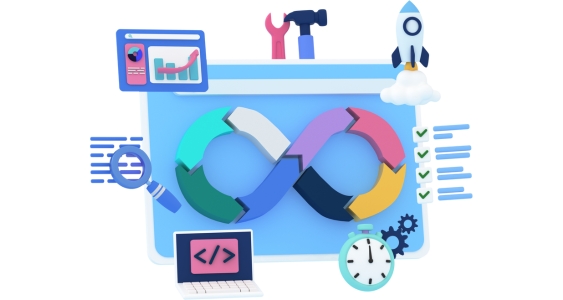
B. Company B: Resolving Security Concerns Through Effective Monitoring
Company B utilized employee monitoring software to address security concerns effectively. By implementing robust data security measures and communicating openly about the purpose of monitoring, they were able to enhance security while maintaining a positive work environment.
VI. Addressing Common Concerns and Misconceptions About Employee Monitoring Software
A. Privacy Issues and Employee Trust
Addressing privacy issues head-on is essential in mitigating concerns related to trust among employees. By prioritizing data protection, obtaining consent where necessary, and being transparent about the purpose of monitoring, organizations can build trust while utilizing monitoring tracking employee software responsibly.
B. Mitigating Resistance from Employees
Resistance from employees can be addressed through open dialogue, education about the benefits of monitoring for both individuals and the organization as a whole, as well as actively involving employees in shaping policies around its usage.
VII. The Future of Employee Monitoring Software: Trends and Innovations
A. Integration with Remote Work Technologies
With remote work becoming increasingly prevalent, integrating employee monitoring software with remote work technologies is poised to become a key trend. This integration enables organizations to effectively monitor performance while supporting flexible work arrangements.
B.Ethical AI-Powered Solutions for Enhanced Insights
The future holds ethical AI-powered solutions that offer enhanced insights while upholding privacy standards. These innovative solutions aim to provide deeper analytics while maintaining respect for individual privacy rights.
Conclusion
In conclusion, effective implementation of employee monitoring software hinges on transparent communication, clear policies, balancing privacy with productivity enhancement, addressing concerns head-on, learning from successful case studies, and embracing future trends in technology integration.
See Also: Understanding The Importance Of Interim Financial Reporting In Accounting


